When a puppy with the same condition as his was brought into his life, this little boy’s eyes sparkled with delight. They were both born with a cleft lip.
Can A Dog Live With A Cleft Lip?
Yes, but it is best not to breed dogs with cleft lip. Cleft lip can be caused by a genetic recessive trait that is often passed down from puppy parents. In these cases, both pups will have the condition and the likelihood of them breeding this trait to future generations increases. The cleft happens on one or more sides (depending on where die genetic die fault lies), which usually requires surgery at an early age for correction. It’s rare, but if left untreated can cause problems like respiratory issues in dogs with smaller palates; difficulties swallowing; difficulty chewing food; possible exposure of teeth due to opening up of palate while eating/drinking (potential dental issues).
The most common symptoms are dental problems, the teeth are not evenly aligned. It can also affect breathing, eating and drinking.
Cleft lip is present at birth (congenital). The condition may affect one or both sides of your dog’s upper jaw, but it usually affects only one side. Cleft lip does not happen very often in dogs.
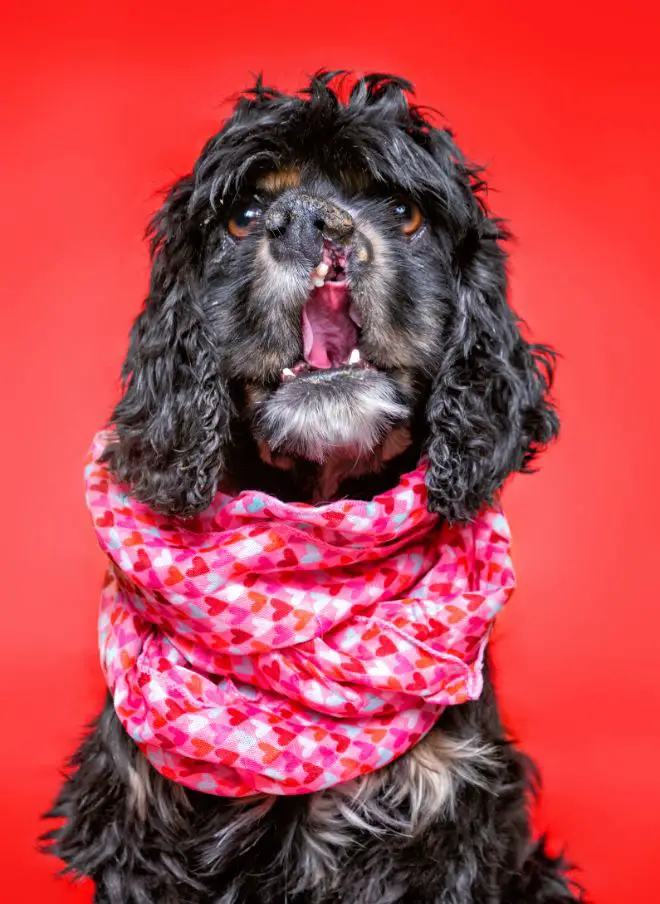
How Do You Treat A Puppy With A Cleft Lip?
If the cleft lip is severe, the puppy will need surgery. Until the surgery can be performed, you will need to keep the area clean and dry.
You can use a cotton swab to clean away any dried matter from around the cleft.DO NOT USE ANY OINTMENTS OR SALVES ON THE AREA as they could cause an infection. If the cleft lip is Minor:
Keep the area clean and dry using a cotton ball or pad moistened with warm water. You can also use a mild soap if needed to remove any dirt or discharge.
Gently pat the area dry after cleaning it.
How Do You Fix A Cleft Palate In Dogs?
The dog will have to be put under general anesthesia and a surgical procedure would be required.
The surgery will require placing stitches for the roof of the mouth closure, cutting away extra tissue from both sides or one side of the cleft.
A small gauze pad is placed between the eye and stitches to protect it, while your pet is given pain medication for post operative discomfort and instructions set out by your Vet.
It usually takes about 10 to 12 days until they return home and for all stitches to be removed.
Your pet will need to go through post op treatment, which is similar to that of a child going through speech therapy, just as they learn to speak and is usually for about a month. They need to wear a wrap that prevents them from licking/chewing the stitches. Pain medication will also be required for about 7 days.
The dog could experience some problems while eating, because this is one of the main concerns.
After the dog recovers from surgery, you will notice a big difference in their behavior and your dog can go back to its normal activities.
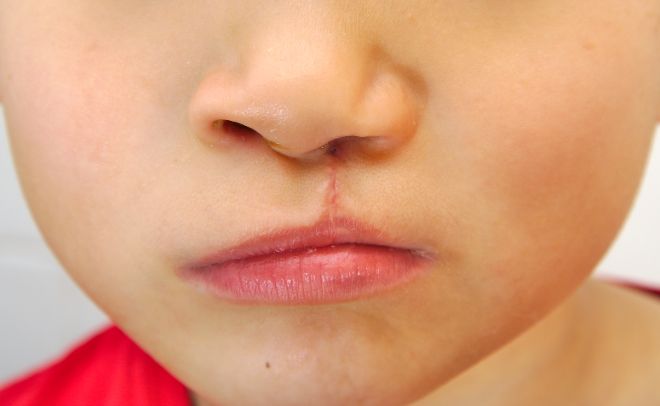
Is Cleft Lip In A Dog’s Genes?
This is a common inherited problem for which there is no cure at present.
In many cases cleft lip is not a serious problem and will heal with no treatment. In more severe cases, surgery may be needed to correct the cleft in order to allow your puppy to eat and drink normally.
Do All Cleft Palate Puppies Need Surgery?
All babies with a cleft palate typically have some kind of surgery before age one, and for puppies around age six months.
The puppies may need a large reconstructive surgery in the mouth to form a stricture or band in order to maintain their dental health.
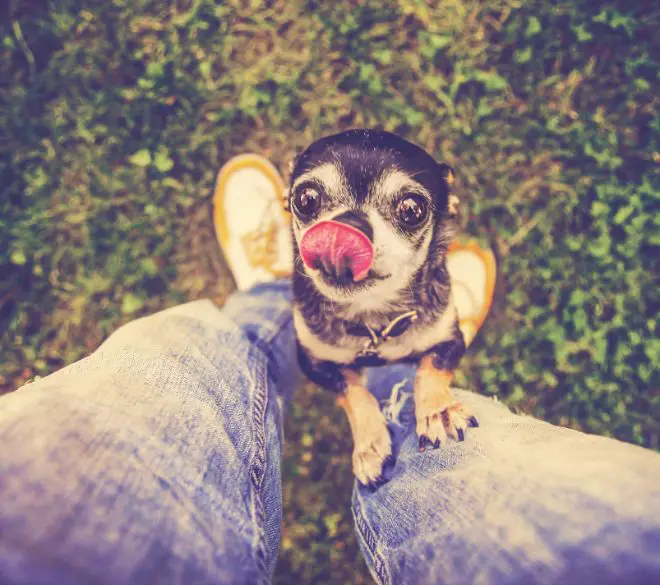
Can A Cleft Palate Close On Its Own?
Even if a cleft palate closes on its own, it usually doesn’t close completely.
What we see happening is what we call unbalanced growth. The two sides of the two different halves don’t grow equally and they aren’t in perfect symmetry with each other. As a result, even if they do manage to close and heal on their own without any surgical intervention, that part of the face will end up crooked or twisted for the remainder of that dog’s life because there’s no way to perfectly balance out how much tissue should be present in one side versus another. It can look like anything from uneven teeth (from one side having more crowded teeth than the other), an underdeveloped ear (if it’s on one side) or a crooked snout or jaw.
These are things that may not seem like a big deal, but really do make an enormous difference in the dog’s quality of life.
Is Cleft Palate In Humans And Animals The Same?
This is a genetic condition found in both canines and humans.
In canines, cleft palate is a common congenital disease of dogs, as it occurs in about 1% of all dogs worldwide.
In humans, the incidence is also not negligible: it is estimated that 1 in every 700 to 900 births worldwide, and 1 in 5500 births in the United States.
Though this is a hereditary disease, it is not always that the parents are responsible for the occurrence of this disease.
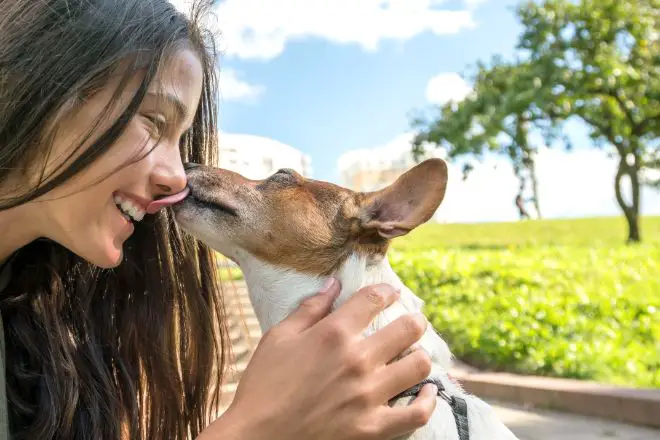
Is Cleft Palate Genetic In Dogs?
We don’t know for sure, but there’s a strong correlation. The chances of two parents both carrying the gene is low.
While research in this area still has a long way to go, studies point to clefts in humans being linked with abnormalities in our neural crest cells – the cells that give rise to many structures within the head and neck region. While this still leaves much up for debate when it comes to canine cases, researches are optimistic that more research will provide them with answers in the near future.
What Causes Cleft Lip In Puppies?
Cleft lip is a birth defect that can occur in puppies when the tissues that make up the upper lip do not join together properly. This can cause a noticeable opening or split in the lip.
There are several factors that can increase the risk of cleft lip in puppies, including genetic factors, exposure to certain toxins, and poor nutrition during fetal development. Cleft lip is also more common in breeds with short snouts, such as Bulldogs and Boxers.
In most cases, cleft lip can be successfully treated with surgery. However, if it is left untreated it can lead to problems with eating and drinking, and may also increase the risk of infection.
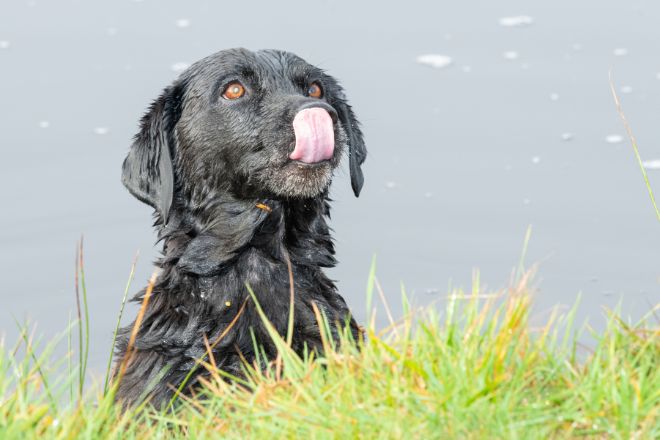
What Problems Are Associated With Cleft Lip And/Or Palate In Dogs?
Many pets with cleft palate, a disorder in which a hole develops in the roof of their mouth during gestation, have difficulty getting enough food. Others may have an abnormality making feeding unsafe because they don’t chew well or swallow adequately. Fed incorrectly, both can cause malnutrition and weight loss.
Treatments range from surgery to allow for more natural eating to nutritional therapy should your dog not be able to eat properly on his own instead of being force-fed artificially. The ultimate solution will depend on swallowing difficulties that are present and should be discussed with your veterinarian or other animal health care provider before beginning treatment plans that include surgery. Without proper nutrition, these dogs would eventually lead a very miserable life due to problems associated with weight loss.
What To Expect When Adopting A Dog With A Cleft Palate?
The cleft palate should be made as little of an issue as possible. Rather, focus on the positive aspects of adopting a dog with a cleft palate. Be especially aware that it is not uncommon for these dogs to have respiratory difficulties and sleep apnea due to their inability to expel nasal cavity gases through the nose. They may also wheeze and snore excessively.
